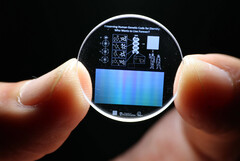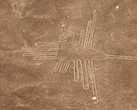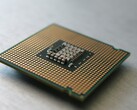Researchers at the University of Southampton in the UK recently accomplished an amazing feat. They laser-etched the whole human genome onto a new storage medium called a "5D" memory crystal. This new way of storing data can hold a whopping 360 terabytes.
This nifty 5D crystal was whipped up by the folks at the university’s Optoelectronics Research Centre. Made from silica glass, it even snagged the Guinness World Record for being the toughest data storage ever. It can handle all sorts of harsh conditions, like cosmic rays, tons of pressure, and high temperatures—up to 1832 degrees Fahrenheit (about 1000 degrees Celsius).
To show off what the crystal can do, the team encoded our entire human genome into it, sequencing each of the about 3 billion DNA base pairs a whopping 150 times for accuracy. The genome is now chilling in this neat time capsule called the Memory of Mankind archive, tucked away in a salt cave in Hallstatt, Austria.
Sure, we can’t clone humans or recreate the species using only genetic information just yet, but these researchers think this 5D memory crystal could help save endangered species and keep a long-lasting digital record of everything.
Peter Kazansky, the professor who led the research team, explained, "The 5D memory crystal opens up possibilities for other researchers to build an everlasting repository of genomic information from which complex organisms like plants and animals might be restored should science in the future allow.”
What’s cool about this crystal is how it stores data—using two optical dimensions plus three spatial ones—which means it can hold tons of information and last a long time. Unlike old-school data storage that breaks down over time, experts believe this 5D memory crystal can keep its information intact for billions of years. So, it’s like a safety net for humanity’s genetic legacy for future generations.
Source(s)
University of Southampton (in English)





















